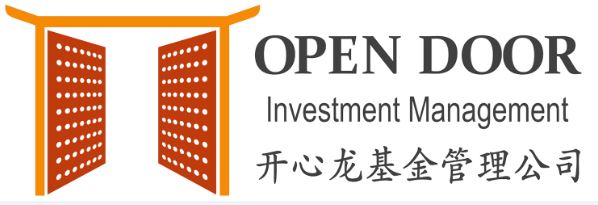Steady patience, restore confidence
"Gold nine", "silver ten" all failed. In October, the Greater China stock market continued to suffer from selling pressure. Although the A-share market rebounded at the end of the month, the CSI 300 index still fell 3.1 percent in October, barely maintaining the support line at the outbreak of the epidemic in 2020; Hong Kong's Hang Seng Index fell 3.9% and Taiwan's fell 2.2%. The MSCI index of Shanghai, Shenzhen and Hong Kong investable markets fell 2.8 per cent this month.
From a macro perspective, we think the economy has bottomed out and is coming out of the trough. Since September, a number of economic indicators have performed better than expected: GDP grew by 4.9% in the third quarter (compared with 5.2% in the January-March quarter); Retail sales rose 5.5 percent, better than expected. Industrial output rose 4.5 per cent; Electricity generation grew by 7.7% and electricity consumption by 9.9%. Both the manufacturing PMI and non-manufacturing PMI returned to expansionary territory at 50 and 51.7, respectively. In our view, the target of 5% GDP growth in 2023 is achievable.
To show their determination to stabilise growth, policymakers have embarked on a more aggressive fiscal expansion. On the one hand, local governments are actively issuing special refinancing bonds. So far, 22 provinces have issued 950 billion yuan, and the total issue is expected to be 1.5 trillion yuan by the end of 2023, focusing on the renovation of urban villages and the construction of affordable housing. On the other hand, the National People's Congress raised the national fiscal deficit ratio in 2023 from the original plan of 3% to 3.8%, and issued an additional 1 trillion yuan of special government bonds, focusing on post-disaster reconstruction, disaster prevention and mitigation. These policies and initiatives show that policymakers are more focused on restoring market confidence and boosting the economy. We believe that after the increase of the broad fiscal deficit ratio, the loosening of credit policy will be intensified. Especially after both manufacturing PMI and non-manufacturing PMI fell into contraction in October, indicating that the fragile economic recovery still needs the care of policy. We expect that the central bank may further cut the reserve requirement ratio, deposit rate and LPR next year.
To support Hong Kong's property market and stock market in order to revitalize the economy, the Hong Kong government has also taken measures to cut fees. From the end of October, the government halved the stamp duty on second home purchases by Hong Kong residents from 15 per cent to 7.5 per cent, and for non-residents from 30 per cent to 15 per cent. Shorten the period of application of the additional stamp duty from 3 years to 2 years; New arrivals are not required to pay 30% stamp duty in advance for their first home purchase; At the same time, the Government will continue to increase the overall supply of land for public and private housing. To boost liquidity in the Hong Kong stock market, the stamp duty on share trading will also be cut from 0.13 per cent to 0.1 per cent. In addition, Hong Kong is actively implementing the Capital Investor Entrant Scheme and has relaxed the eligibility for the high-end Talent Entrant Scheme.
A new round of Israeli-Palestinian conflict has further torn apart an already volatile global landscape, but Sino-US relations have quietly improved amid heightened global turmoil. Since June, the Chinese government has received several high-level delegations from the United States. Economic officials from the two countries have opened the first round of talks on economic issues.
The characteristics of a stock market bottom are becoming more evident. China's 10-year bond yield is now 2.7 per cent, below the 2.8 per cent dividend yield on the CSI 300 index and 220 basis points below the equivalent US Treasury yield, suggesting that China is entering an era of "easy money" while the West is emerging from it. Government sovereign funds have also started buying ETFs after buying the big four banks earlier this month; A-share market turnover is close to A three-year low; Shorting momentum in H shares was high (18% of total turnover). These are also the hallmarks of a market bottom. While individually these signals do not indicate that the market has bottomed, all of them at the same time are very convincing.
The biggest challenge now is restoring investor confidence. We believe investors will return to the market as more positive and sustained signs of economic recovery emerge.

